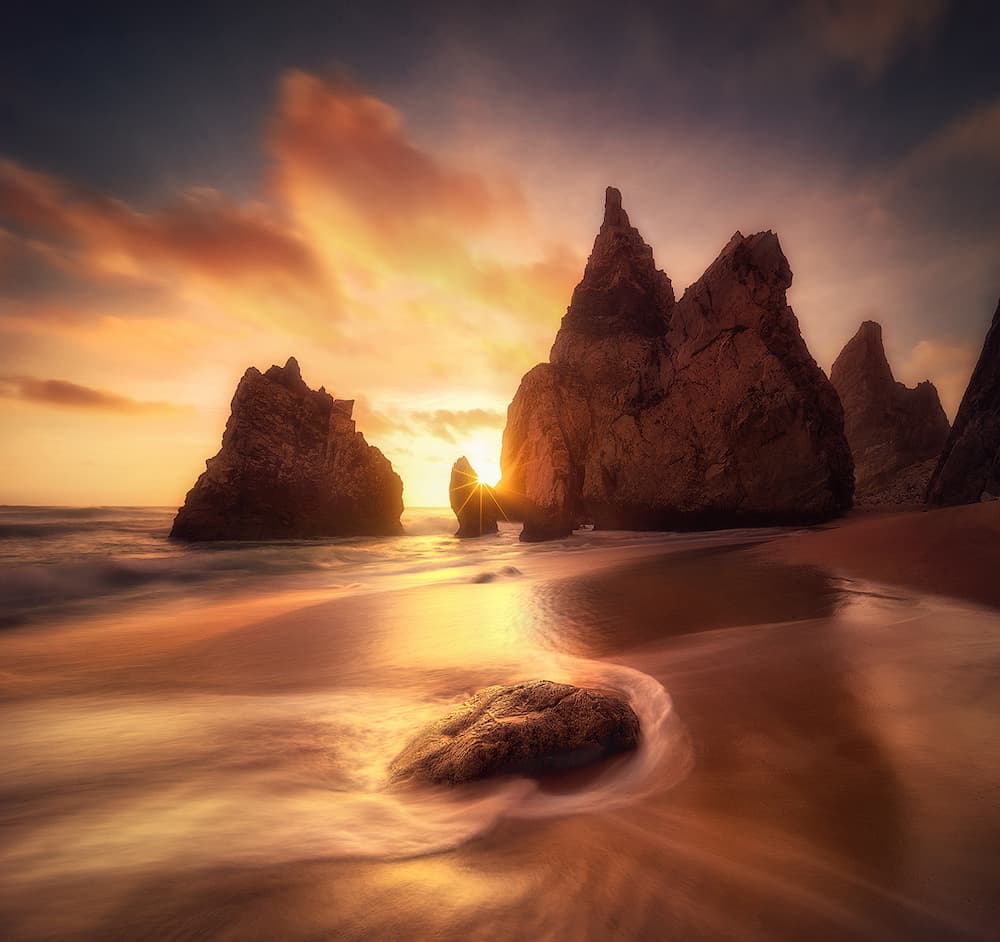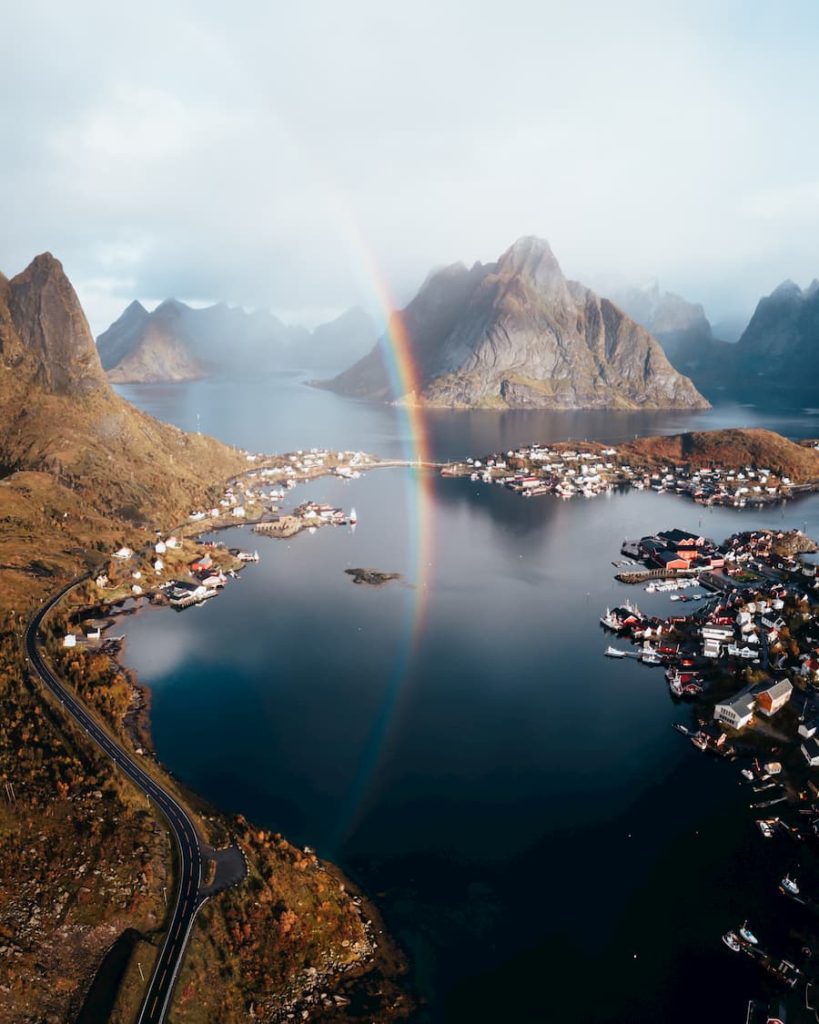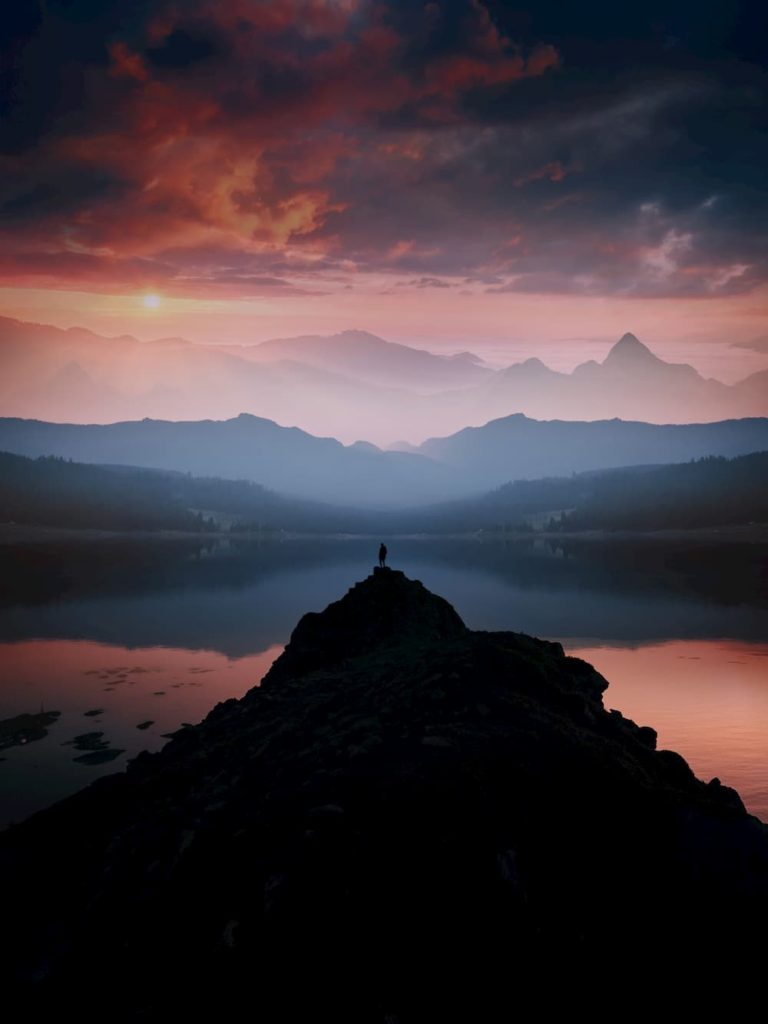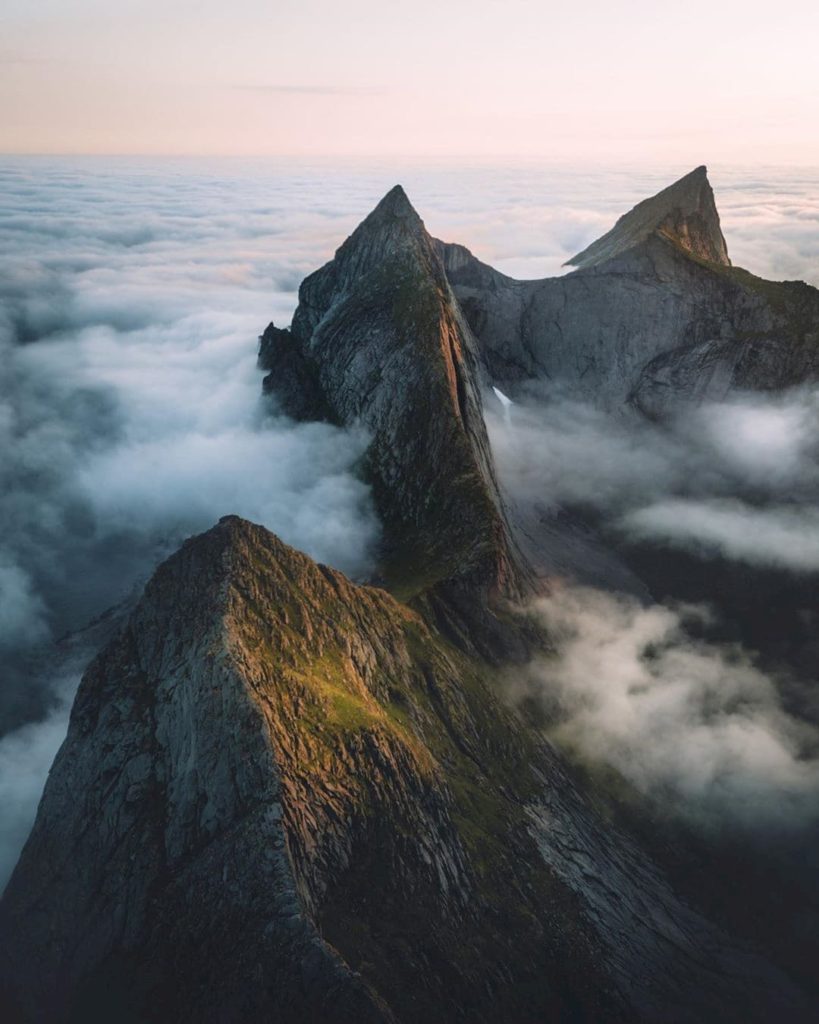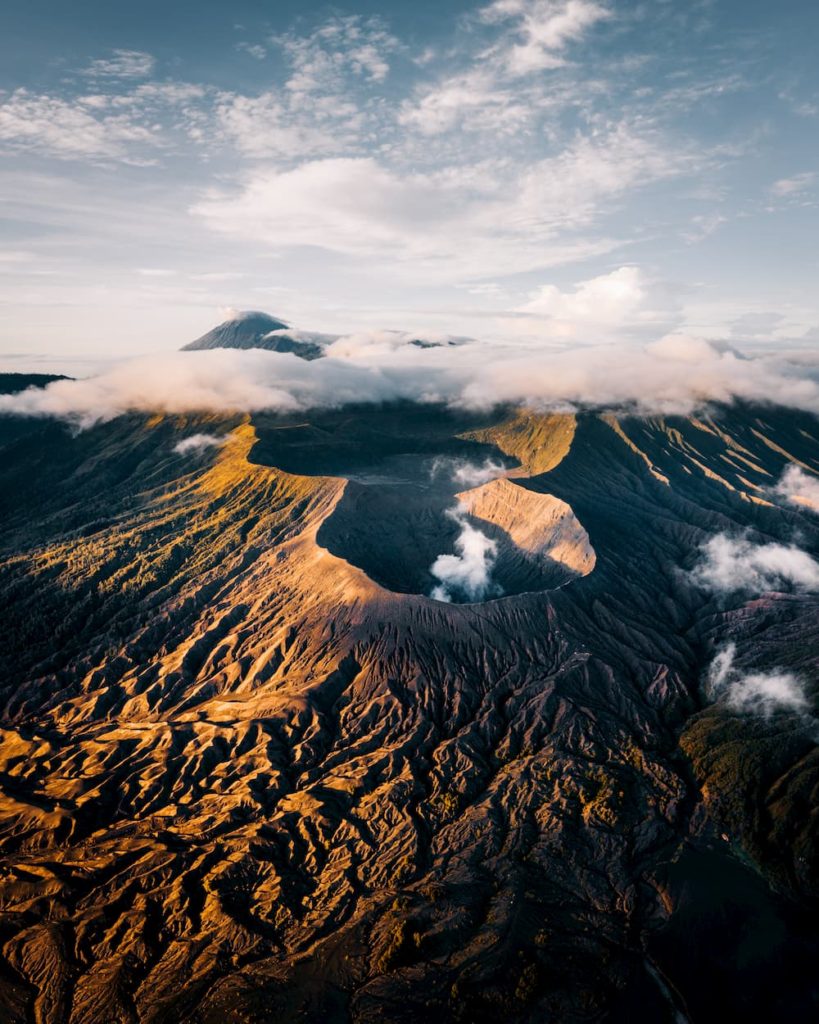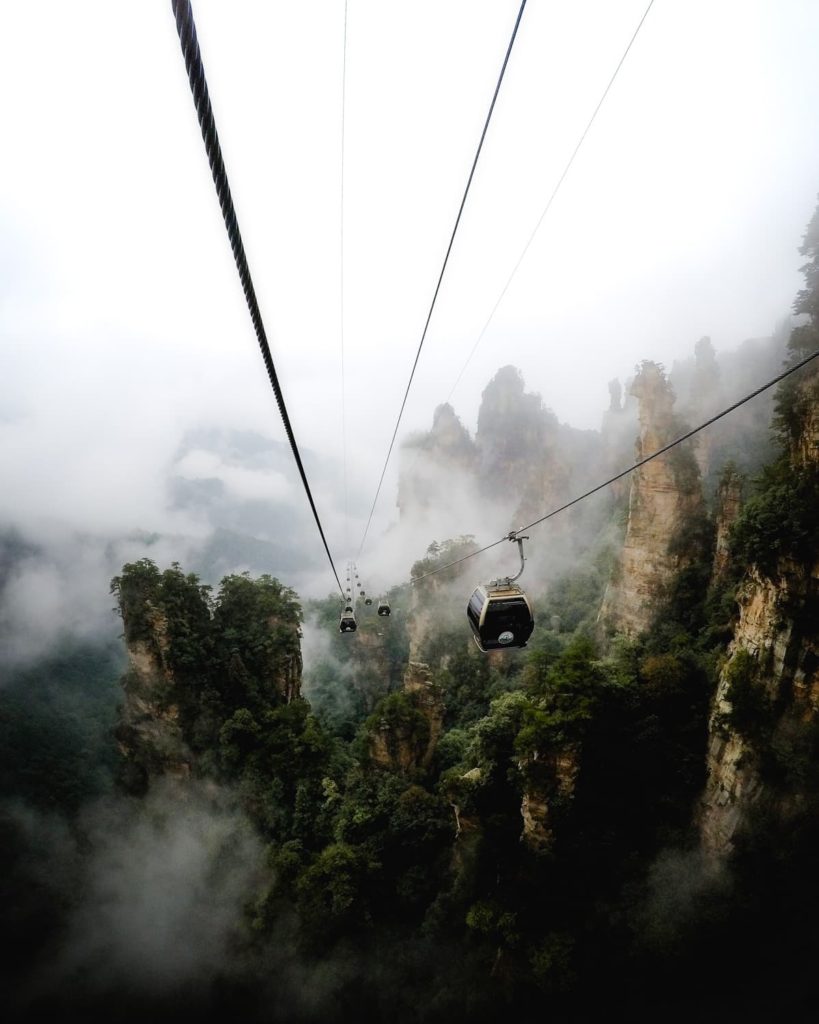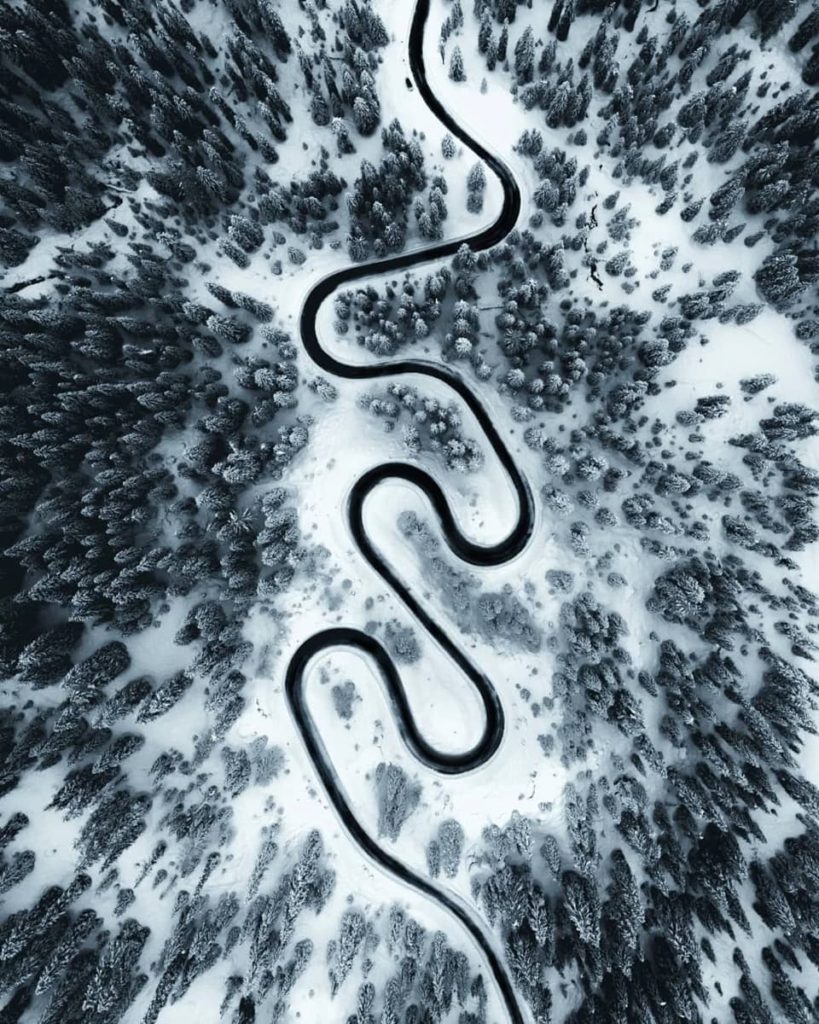
José Ramos
@joseramosphotography
Best of the week 31 at #nomadict 2021
I was born in a small town in the south of Portugal, and during my childhood, I automatically developed a strong connection to the outdoor world. Nature has always been a safe place where my mind and heart can feel free and heal. At the same time, I have always had a strong creative urge inside me, first channeled through music, which was later replaced by the discovery of photography, 18 years ago. Photography represented a perfect symbiosis between love for nature and love for art and creation, so I quickly got addicted to it.
I was in my second year of Med School back then, and I had to invest a lot of time into medical graduation, which in Portugal corresponds to a 6-year university degree, plus one year of generalized hospital practice and then a further 5 years working full time and becoming a specialist.
"Photography remained for long just a passionate hobby, but things smoothly progressed and photography only took off as a serious parallel career 5-6 years ago."
"I was able to devote more time to the craft, which brought so many opportunities related to magazine publishing, licensing, collaborations and workshops."
During my residency in Psychiatry, I also had the pleasure of creating a Photo Therapy project for psychiatric patients, which taught me a lot about the power of photography to channel emotions and provide opportunities for reflection and inner change.
Photography can be both used as a therapeutic tool to improve well-being and mental health, with no specific guidelines to do it, or as a tool in a formal psychotherapeutic setting coordinated by a mental health professional, directed to people with mental illness. Both approaches are based on the immense power of images to effectively communicate with our emotional core, triggering sensations, memories, feelings, thoughts, and all kinds of insights. According to most theories that study the therapeutic power of images, there is a consensus that visual inputs can quite often bypass our cognitive defenses, being able to establish a deeper connection with the self, opening doors to enhance the exploration of situations that trigger suffering, acting as a “catalyst” of deep-seated memories and emotions.
"As you might imagine, this has tremendous potential and can be used in all sorts of contexts, from individual self-expression and self-knowledge to coordinated treatment approaches to those who need help."
For example, the creation of my own images is definitely therapeutic to me, but they also contain a profound wish to also help others, even if it’s just to let them relax for a brief moment while they delve into the scene or, even better, to make viewers stop, watch, read, integrate, feel, and reach deeper levels of significance that will enrich their present moment.
It is obviously extremely difficult to manage both careers at the same time, but I cannot imagine one without the other, so I just try as hard as I can to keep pushing forward. When the aesthetic power of Nature meets a man’s vision of the world, creation takes place and images become the crystallized hybrid product of this encounter. Traveling and endlessly searching for the light, the silence, and the lessons of the landscape, I love to present my vision of the world as seen through my eyes and soul, hoping I can at least take others there just for a moment, to the moment which lies so intense in my memory, and that’s what really keeps me going.
I love “silence” in my landscapes, a silence which I like to see extended to the act of photographing itself. Whenever I go out to shoot, I try to look for places with no people, so that I can forget the world “out there” and focus on that world right in front of my eyes, more real, more “present”.
"As for the winning shot, I was contemplating the sea from the cliffs of Algarve, Portugal one more night, with a unique view of a nocturnal sky that filled my soul."
It was New Moon night during May of 2020, and conditions were perfect to do a long harvest of photons inside the camera, and thus reveal part of the hidden galaxy above. Even though the southern coast of Portugal has quite a bit of light pollution, I had decided I wanted to try to capture Milky Way shots in that location, combining the epic seascape views with the wonders of the night sky. I envisioned and planned this shot long before actually doing it, as I wanted to get the vertical Milky Way right above the natural arch.
Places look impressively different during the night, and this place is no exception. In the darkness, every precipice becomes more intense, and the dark loud sea down there increases the sensation of abyss right at our feet. Every step needs to be properly measured, not because of imminent danger, but due to the inner intense feeling of smallness and reverence.
When I arrived at Albandeira I had the usual hope that no one would be there shooting, but that was not the case. I had planned to once again use a lantern and light paint the dark rock, but this plan needed to be compromised, as there was already another photographer there, sitting on a portable chair, tripod set up, camera in action.
Those who are not photographers are not aware of this, but when facing such a situation we have two options: put our images above everything else, do our thing and ruin the work of others, or assume the simple fact that photographing Nature should always be made with the conscience of global respect and interconnection, which brings moral responsibilities towards everything that surrounds us.
As you might guess, it is much more frequent to find photographers who choose the first option, as we live in the era of “getting the image at all costs”. At the same time, the opportunities to create the image that I had visualized only occur a few times per year, as they need the perfect sync of a clean night sky, New Moon (or at least low luminosity moon phase), and a good Milky Way positioning. Despite this, since there was already someone shooting the spot, I asked my special diplomat and companion Adriana and her lovely smile to ask the photographer if we could do some exposures using light painting. He politely replied, filled with reason, that he was doing a long time-lapse, seizing the rare opportunity that the place had its lowest level of light pollution ever, as the nearby hotel was closed due to the pandemic.
Considering his explanation, there was nothing to argue about, and so I accepted the fact that the images I envisioned would not happen, as I would never disturb the dedicated craft of someone else capturing such a precious phenomenon. Still, I decided to stay for a while on the spot and try some long exposures, expecting to get just a bunch of unusable dark rocks. Fortunately, I was in for a big surprise, because there was actually still a good amount of subtle and indirect light bathing the rocks (as well as the usual excessive light on top of the arch, coming from a distant lamppost), which allowed me to get surprisingly good exposures, probably much better than if I had used a lantern as I had planned!
"If it weren't for the presence of the other photographer, and if it weren't for choosing to respect his work, I would have probably made technically poorer images, creating patches of irregular light all over the rocks, and this image would not have been possible."
"When I edit milky way photos, I always consider the sky to be a co-protagonist in the scene, where the foreground should equally be important."
Way too many milky way images forget about the fact that the image should be considered as a whole and, if the image includes a foreground, then photographers should make sure that the foreground is part of the narrative. This makes the whole process much more difficult because getting properly exposed and interesting foregrounds during the night is much more difficult, mostly because of the technical limitations of cameras, where you often need to resort to light painting techniques on the field to be able to properly expose the details in the foreground. So, for this specific photo not only I wanted to include the classic arch of Albandeira, I also wanted a close foreground element to add interest to the composition, and create a guiding line throughout the image, so the eyes would intuitively go from the bottom to the arch and then ascend to infinity and beyond! Even though I do not use ultra-complicated editing tools and processes, I want my images to express the vision of the scene I carry inside me.
"This involves enhancing three-dimensionality as much as possible, adjusting local contrast, finely tuning color balance, extracting detail from the milky way, and creating a glowy feeling that adds to the mystic of the scene."
Landscape photography gave me so many gifts: it allowed me to channel my creative urges into the depiction of the natural beauty of the world and gave me the freedom of expression, translated through both my aesthetic approach to images, but also through the stories I embed on each one. Even though quite often most of the photographic process is a struggle, with endless hours of waiting, frustration with climate, physical suffering and so much time devoted to finding the best light, the truth is that there is always a deep sense of meaning for me in doing this.
Photography makes you infinitely more conscious of the world you live in, as you start seeing all its details and subtleties, not only thinking about how it would look through the viewfinder of your camera but also incorporating the world you see into yourself, crossing the boundaries of your ego and merging with the outside world.
"Nature becomes a part of you, you become a part of nature, increasing the deep and often forgotten conscience that we are all part of a big “whole".
Would you like content like this sent to your inbox?
BEST OF THE WEEK FEBRUARY 2021
BEST OF THE WEEK JANUARY 2021
BEST OF THE WEEK DECEMBER 2020
BEST OF THE WEEK NOVEMBER 2020
BEST OF THE WEEK OCTOBER 2020
BEST OF THE WEEK SEPTEMBER 2020
BEST OF THE WEEK AUGUST 2020
BEST OF THE WEEK JULY 2020
BEST OF THE WEEK JUNE 2020
BEST OF THE WEEK MAY 2020
BEST OF THE WEEK APRIL 2020
BEST OF THE WEEK MARCH 2020
BEST OF THE WEEK FEBRUARY 2020
BEST OF THE WEEK JANUARY 2020
NOMADICT
ART GALLERY
THE LATEST STORIES
WRITEN WITH PASSION TO INSPIRE YOU

Photo tour in Azores, Portugal
Join us in the Azores for a unique photo tour, where you’ll elevate your creative skills with expert guidance from Ronald Soethje, Bruno Ázera, and Nomadict.

Forest Kai (@forest1kai): Photographer based in the US
In this article, Forest shares how years of chasing scale, silence, and raw landscapes shaped his approach to photography, from the deserts of Kazakhstan to the volcanic ridges of Iceland. He talks about how he uses light, texture, and vast negative space to create images that feel both intimate and overwhelming.

Simon Hechtbauer (@roamwithsimon): Best of the Week 32 at #nomadict
Simon shares the journey behind his photography, from early inspirations to field techniques, editing, and the story of the winning shot that shaped his path.

Miroslav Maršík (@miromarsik): Photographer based in Czech Republic
In this article, Miro shares how his love for cinematic music evolved into a deep passion for photography and how he uses light, color, and atmosphere to turn the streets of Prague into living film scenes.

Aurora photography panorama workflow: A guide to camera settings, editing, and color
In this article, Stefanie reveals how her background in physics sparked her passion for astrophotography and how she blends science with creativity to capture the beauty of the night sky. Readers will discover her approach to color, contrast, and editing, as well as her aurora photography workflow.
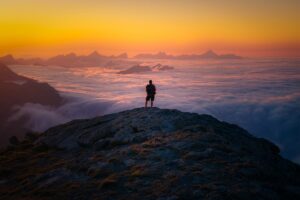
Yhabril (@yhabril): Best of the Week 33 at #nomadict
Spanish photographer Yhabril captures the profound connection between humans and the mountains that shaped him. Growing up in the Pyrenees, his work bridges outdoor sports, landscapes, and celestial scenes — often blending athletes, moonlight, and wilderness into striking visual stories.

Ariane Totzke (@besondersschwierig): Photographer based in Switzerland
In this article, Ariane shares how photography helped her navigate personal challenges, connect authentically with people and animals, and develop a philosophy rooted in empathy and artistic freedom. Readers will also discover her ethical approach to wildlife photography and her trusted equipment for both camouflage techniques and cameras.

How to photograph Dutch tulip fields: A guide to light, gear, composition, and colors
Discover how to photograph Dutch tulip fields in their most magical light. From choosing the right gear and lenses to mastering composition, color, and aerial perspectives, this guide shares creative techniques to capture the beauty of the Netherlands’ tulips. Learn how light, color grading, and proportion bring emotion into every frame.


